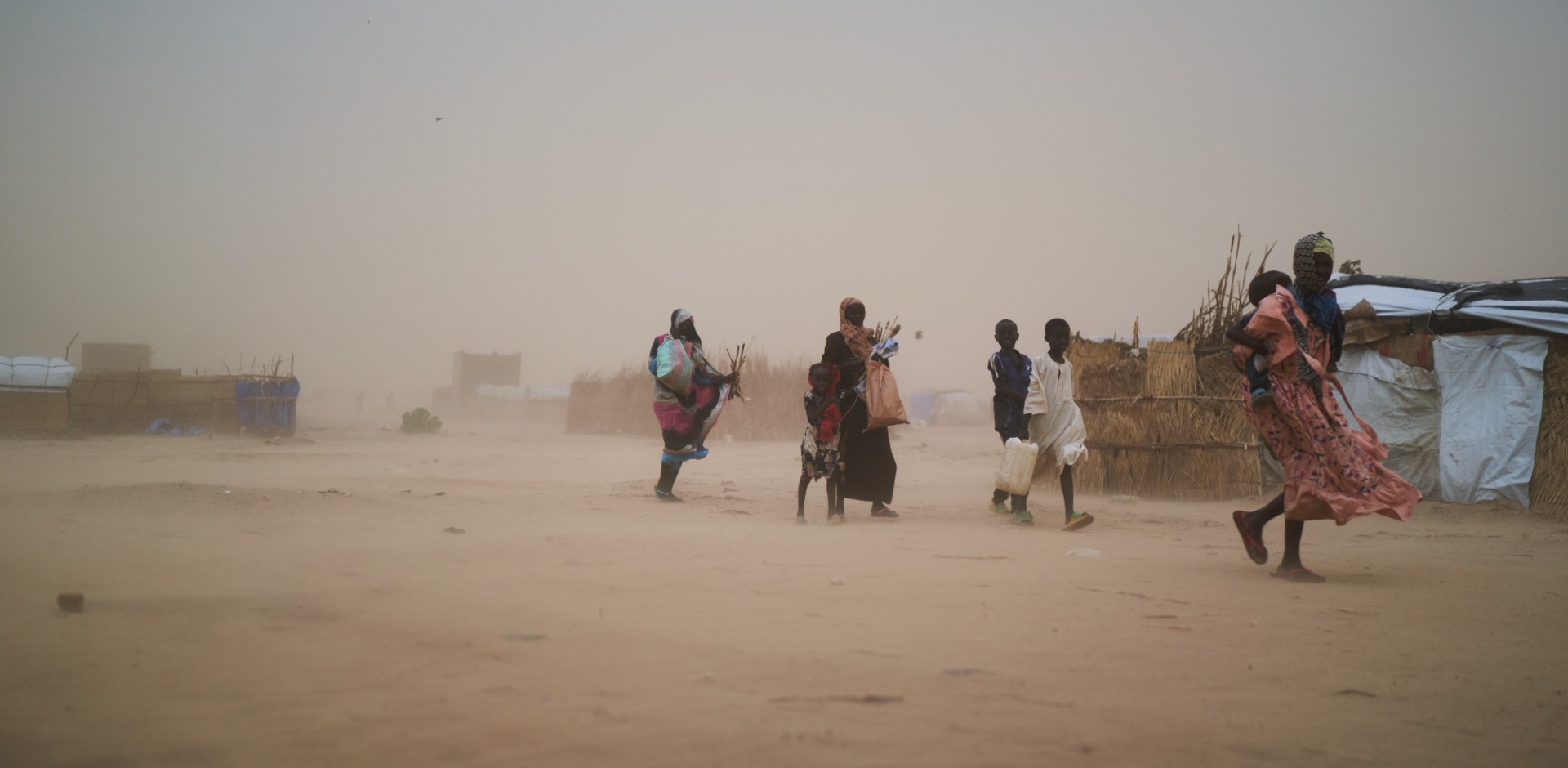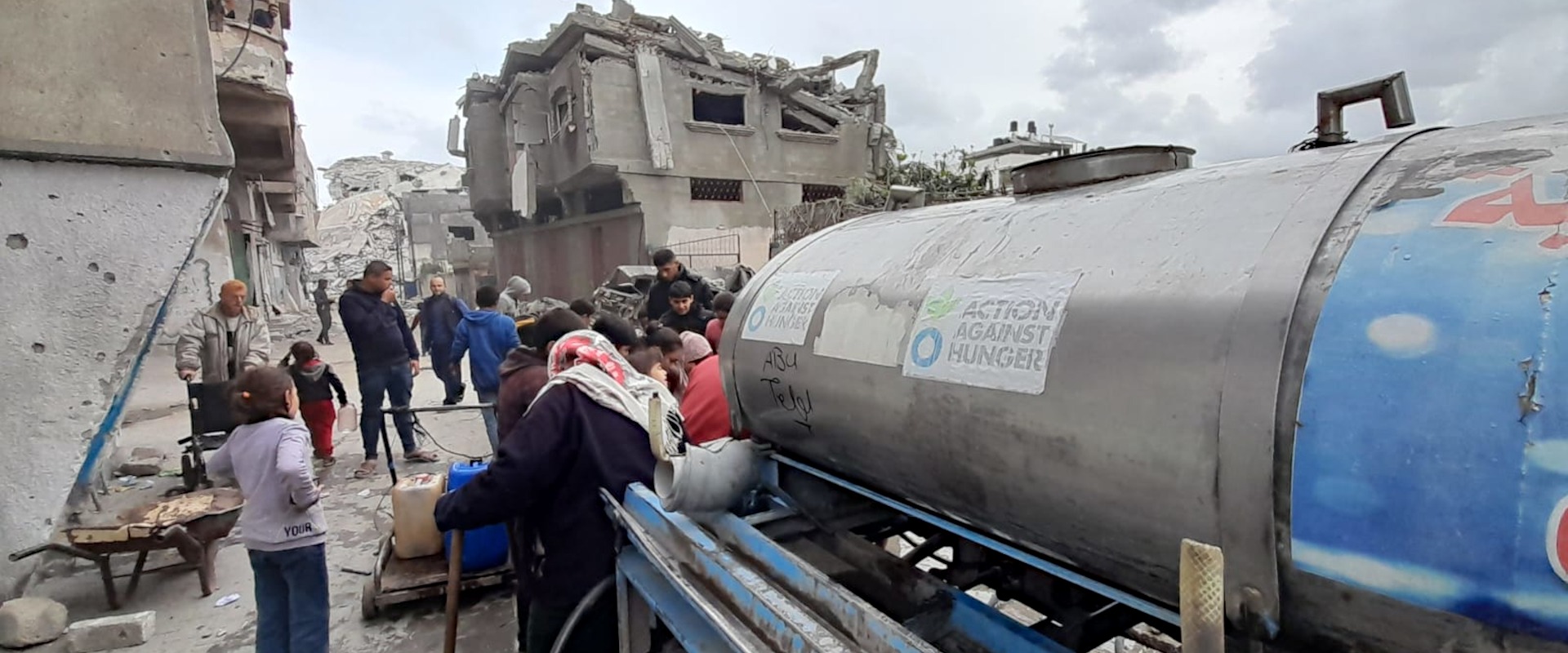
FAMINE IN SUDAN

The entire population in the Gaza Strip is at risk of famine and highly food insecure, according to an alarming statement released today by the Integrated Food Security Phase Classification (IPC).
Families in Gaza continue to face severely inadequate access to nutritious food. In December 2023, the IPC indicated that two in ten Gazans were on the brink of famine; by March 2024, this figure had risen to five in ten.
Although recent food deliveries and nutritional care by NGOs in the north governorates have reduced the number of people in Phases 4 and 5, the risk of famine has expanded throughout the Gaza Strip, according to the analysis. The IPC defines a famine as when food insecurity, malnutrition, and mortality rates reach specific thresholds.
To buy food, over half of the households in Gaza have been forced to exchange their clothes for money, and one-third have resorted to collecting and selling trash.
“Hunger and disruption of humanitarian efforts are being used as weapons of war in Gaza, as the latest IPC food insecurity analysis shows. The obstruction of humanitarian aid workers’ movements along the Strip, and their inability to collect sufficient data, creates major uncertainty about the situation in Gaza, particularly concerning the most vulnerable people,” says Natalia Anguera, Head of Middle East Operations at Action Against Hunger.
If the parties to the conflict and the international community wait until a famine classification is made before acting, it will be too late.
“Collectively, we will have failed to prevent avoidable deaths if this continues. Currently, over half of the 2.3 million people in Gaza lack food at home. This situation must not persist even one more day. It is imperative that humanitarian organizations like ours are able to reach everyone in need,” Anguera continues.
The availability of basic food staples has become extremely limited, and severe price inflation has created economic barriers that prevent people from accessing the little food that is available.
“It is important to remember that even when families do get some food, many lack the cooking utensils, water or fuel needed to prepare it. The population is already extremely fragile. The only way to prevent and stop famine is with a ceasefire that allows a full multisectoral humanitarian response,” explains Hélène Pasquier, Food Security and Livelihoods Officer at Action Against Hunger.
“Most agricultural land, wells, roads and other vital areas for food production, processing and distribution have been destroyed. This, coupled with the blockade, has created an unsustainable dependency on humanitarian aid in Gaza. Rehabilitating food production systems as soon as possible is crucial,” adds Pasquier.
Even so, serious security risks and bureaucratic impediments continue to restrict the delivery of sufficient and varied nutritious food.
“A ceasefire remains the essential first step to ensure a safe and sustainable increase in the delivery of life-saving humanitarian aid. It is the only way to protect the Palestinian population in Gaza,” concludes Anguera.
For over eight months, Action Against Hunger has operated under extreme and insecure conditions in Gaza. Despite these challenges, the organization has provided nutrition, food assistance, water, sanitation, and hygiene services to over 800,000 people.
The charity’s humanitarian response has included nutrition activities, distribution of fresh and dry food, hot meals, hygiene kits, shelter, cleaning services, water trucking, and solid waste management. In recent weeks, our teams have built a kitchen to deliver hot meals to thousands of displaced people.
Join our community of supporters passionate about ending world hunger.